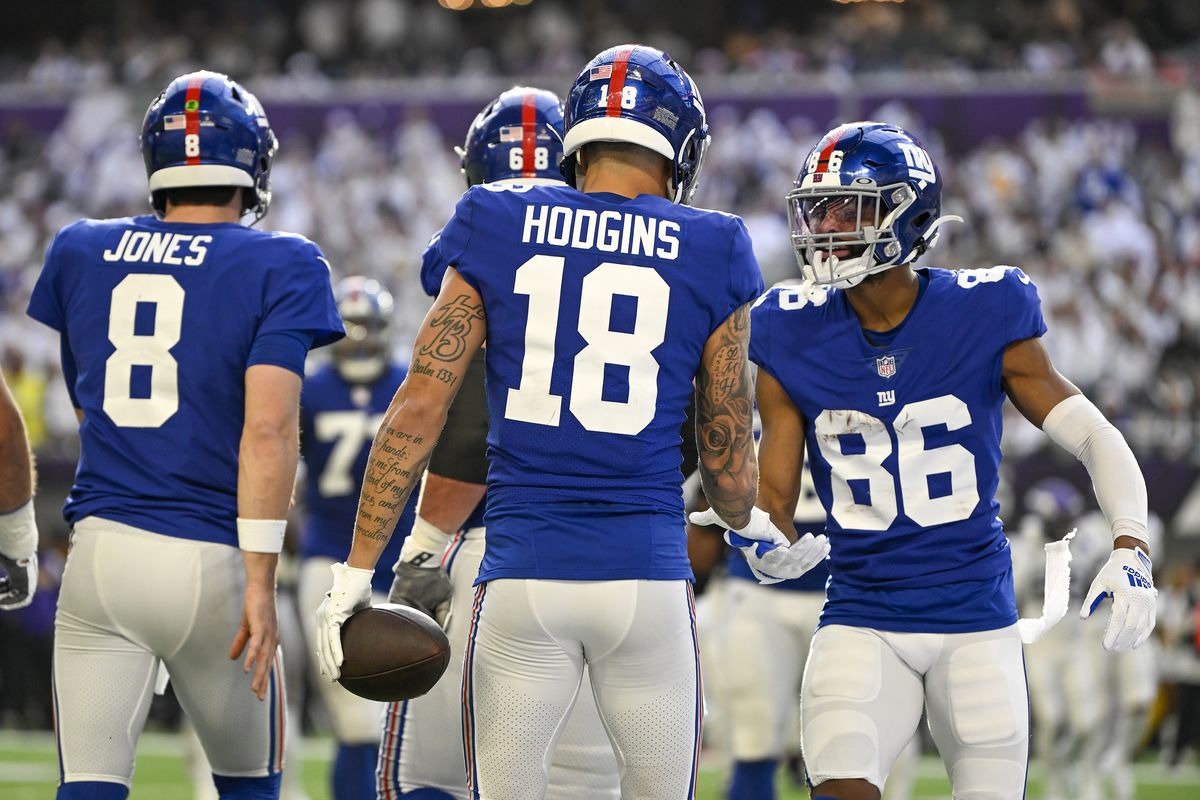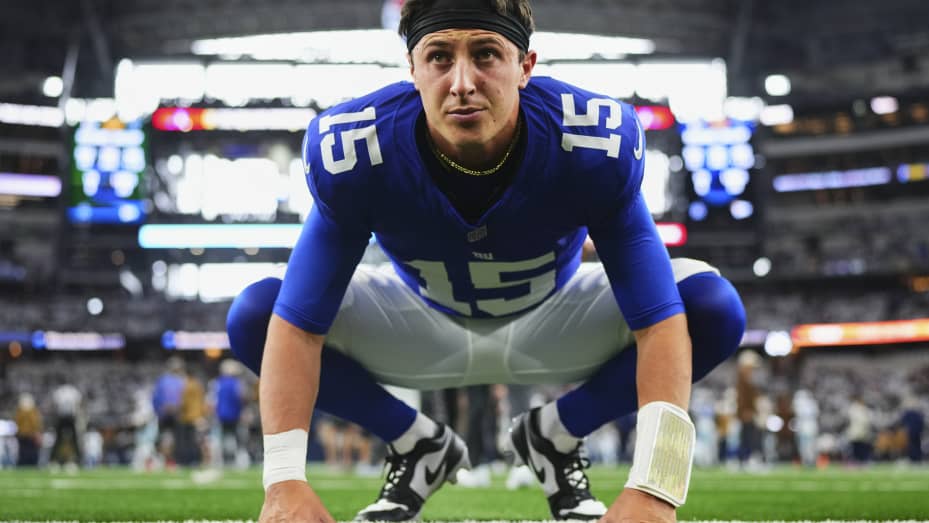How New York’s startling decline since 2017 has been caused by errors made by Yankees ownership and Brian Cashman

The Yankees, currently in last place, have failed to build a winner around Aaron Judge in the last six years
At 60-59, the New York Yankees are not only in danger of missing the playoffs for the first time since 2016, they are in danger of finishing with a losing record for the first time in three decades. The Yankees have not had a losing season since going 76-86 in 1992. Their 30-year winning-season streak is the second longest in MLB history behind a 39-year streak by the 1926-64 Yankees.
“Obviously, we need victories,” manager Aaron Boone said after Sunday’s crushing walk-off loss to the Miami Marlins (video). “… We got to rack up wins. As tough as this one is to swallow, you’ve got to move on from it.”
The Yankees are 6-10 since Aaron Judge returned from his toe injury (he is playing on a torn ligament) and 24-33 in their last 57 games. Dating back to last season, they are 84-78 in their last 162 games, postseason included. New York’s struggles are no longer a small sample size. They’ve been a mediocre team for a full year now and worse than mediocre lately.
The roster lacks impact players beyond Judge and Gerrit Cole. Big-name veterans like Giancarlo Stanton and DJ LeMahieu have underperformed, expected difference-makers Carlos Rodón and Luis Severino have been hurt and ineffective, and too many at-bats are going to the Billy McKinneys and Ben Rortvedts of the world. Touted rookie shortstop Anthony Volpe has looked better than the numbers suggest, though the numbers are the factual record of what happened on the field, and a .674 OPS isn’t good.

Despite the team’s numerous and obvious problems, GM Brian Cashman is likely to return in 2024 for what would be his 27th season on the job. On one hand, the Yankees have never had a losing season under Cashman and almost always finish with one of the league’s best records. On the other hand, the current roster suggests fresh eyes and fresh perspective are needed.
Cashman and the Yankees did what amounted to a big-market rebuild in 2016. They traded away veterans at the deadline (Carlos Beltrán, Aroldis Chapman, Andrew Miller, Iván Nova) and played youngsters down the stretch (Judge, Gary Sánchez). In 2017, the Yankees surprised and went all the way to Game 7 of the ALCS. They have not gotten that close to a pennant since.
Another big-market rebuild year seems unlikely in 2024 — Cole and Judge will be in their primes only so much longer and you can’t waste those years — but it does feel necessary. How did it get to this point? How is it the Judge era Yankees peaked in 2017? Here, in no particular order, are five reasons the Yankees are where they are, which is at the bottom of the AL East.
1. CBT plans gone awry
After going to Game 7 of the ALCS in 2017, the Yankees were in an enviable position. They had an MLB roster with a lot of young talent (Judge, Severino, Sánchez, Greg Bird, Jordan Montgomery, etc.), Baseball America’s second-ranked farm system, and as little money on the books as at any point in recent memory.
Alex Rodriguez’s and Mark Teixeira’s contracts had expired and CC Sabathia’s big-money years were over. The Yankees had young talent and money to spend. It was an exciting time.
The missteps began in 2018, the year after the Yankees fell one win short of a World Series berth. That season Yankees ownership, led by chairman Hal Steinbrenner, ordered payroll to come under the $195 million competitive balance tax threshold. The competitive balance tax, or CBT, is MLB’s soft salary cap. It is intended to discourage runaway spending.
The Yankees’ ownership desired to lower their tax rates in order to reset them below the CBT threshold because they had committed multiple offenses.
In English, that means the Yankees cut payroll in 2018. They cut payroll rather significantly. Here are the team’s CBT payrolls during the five-year period from 2016-20, per Cot’s Baseball Contracts.


